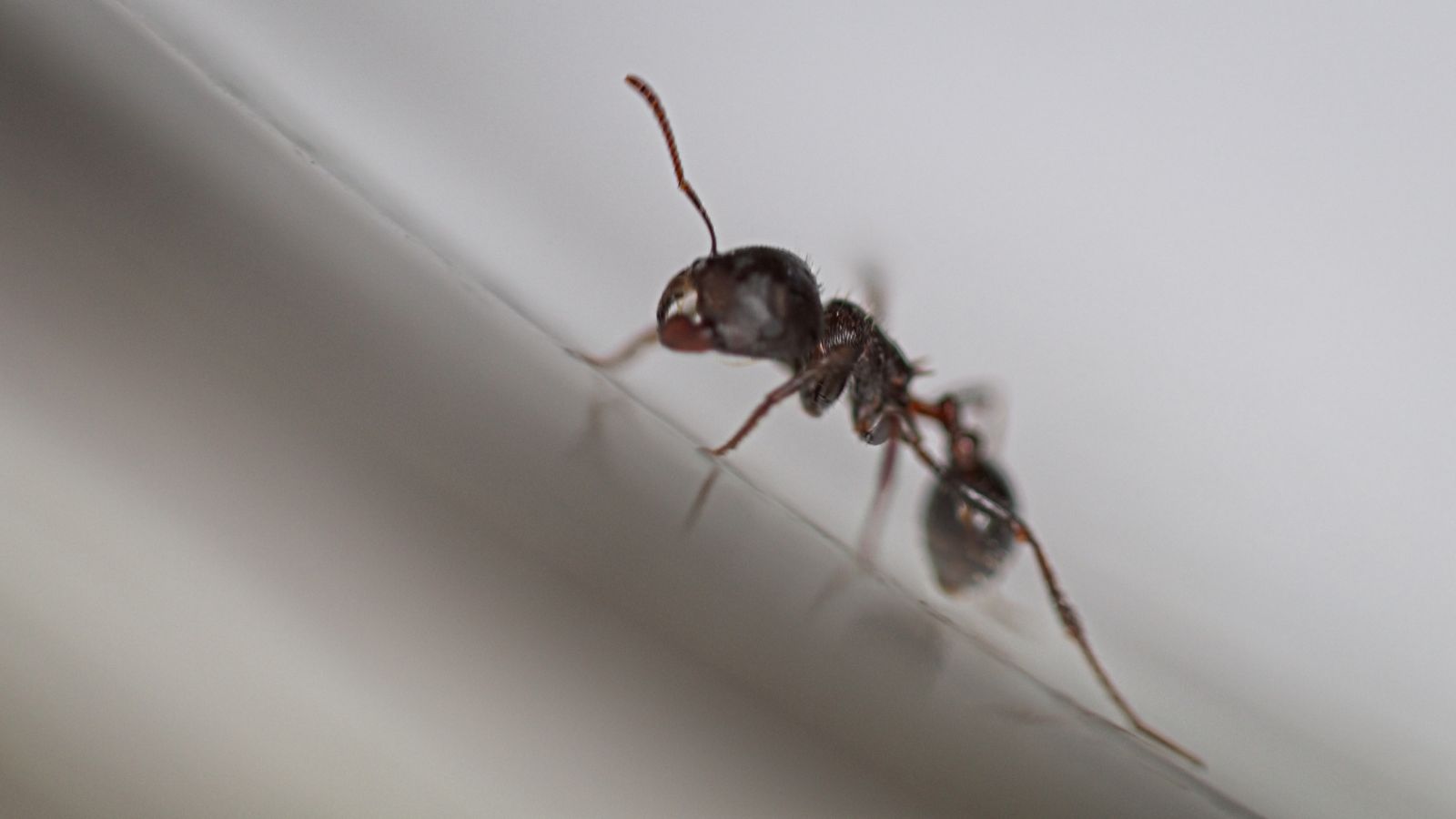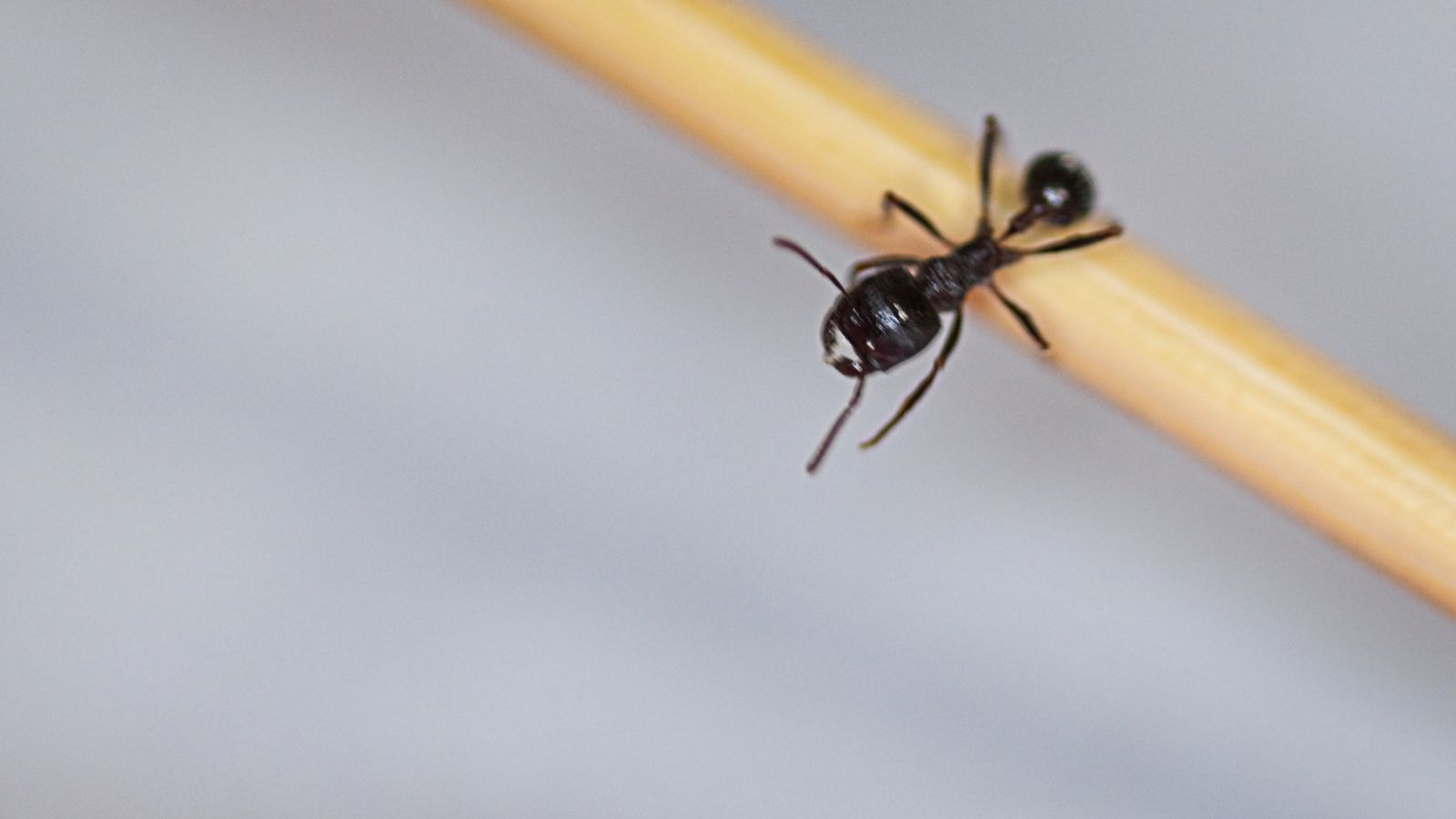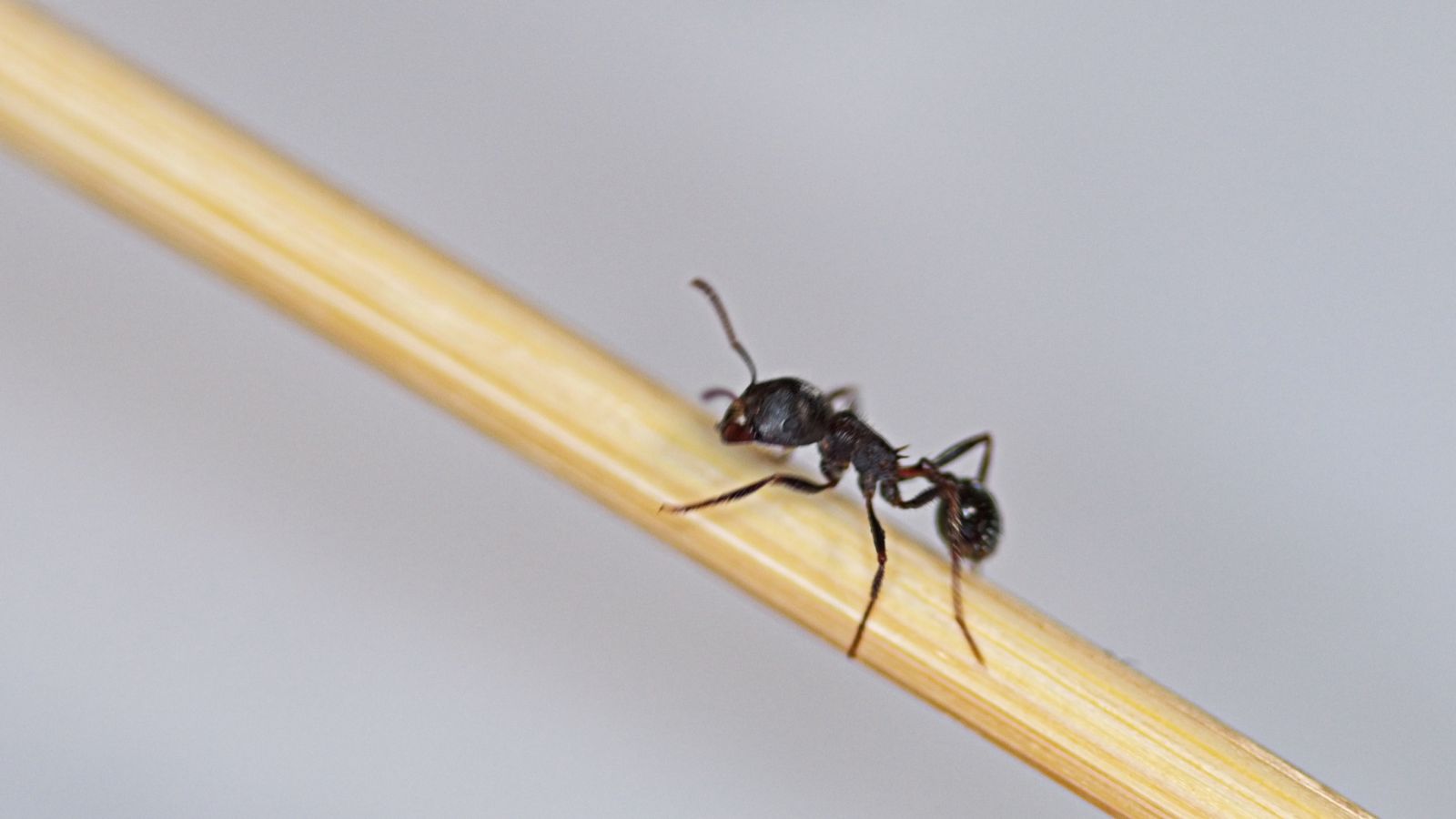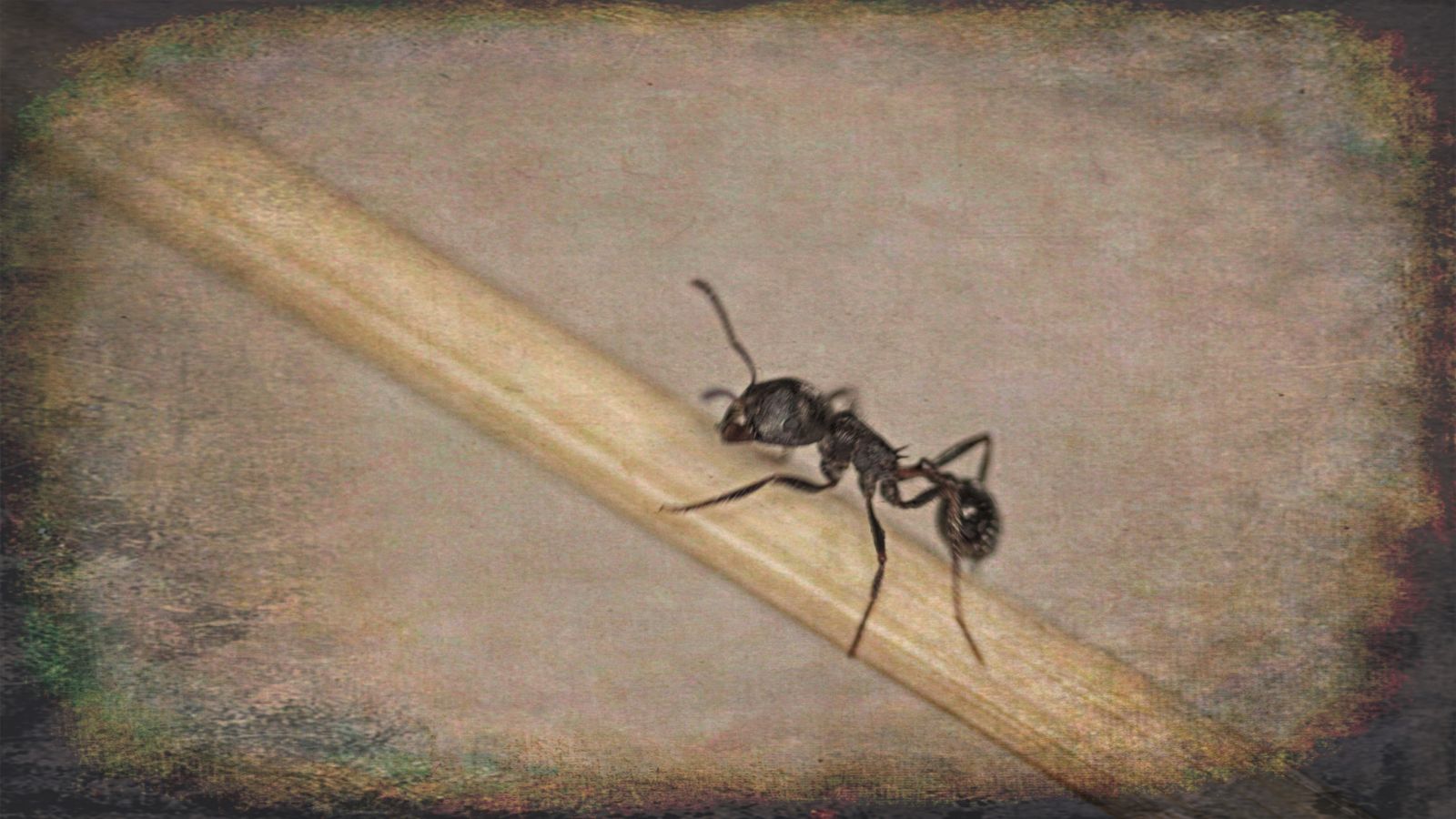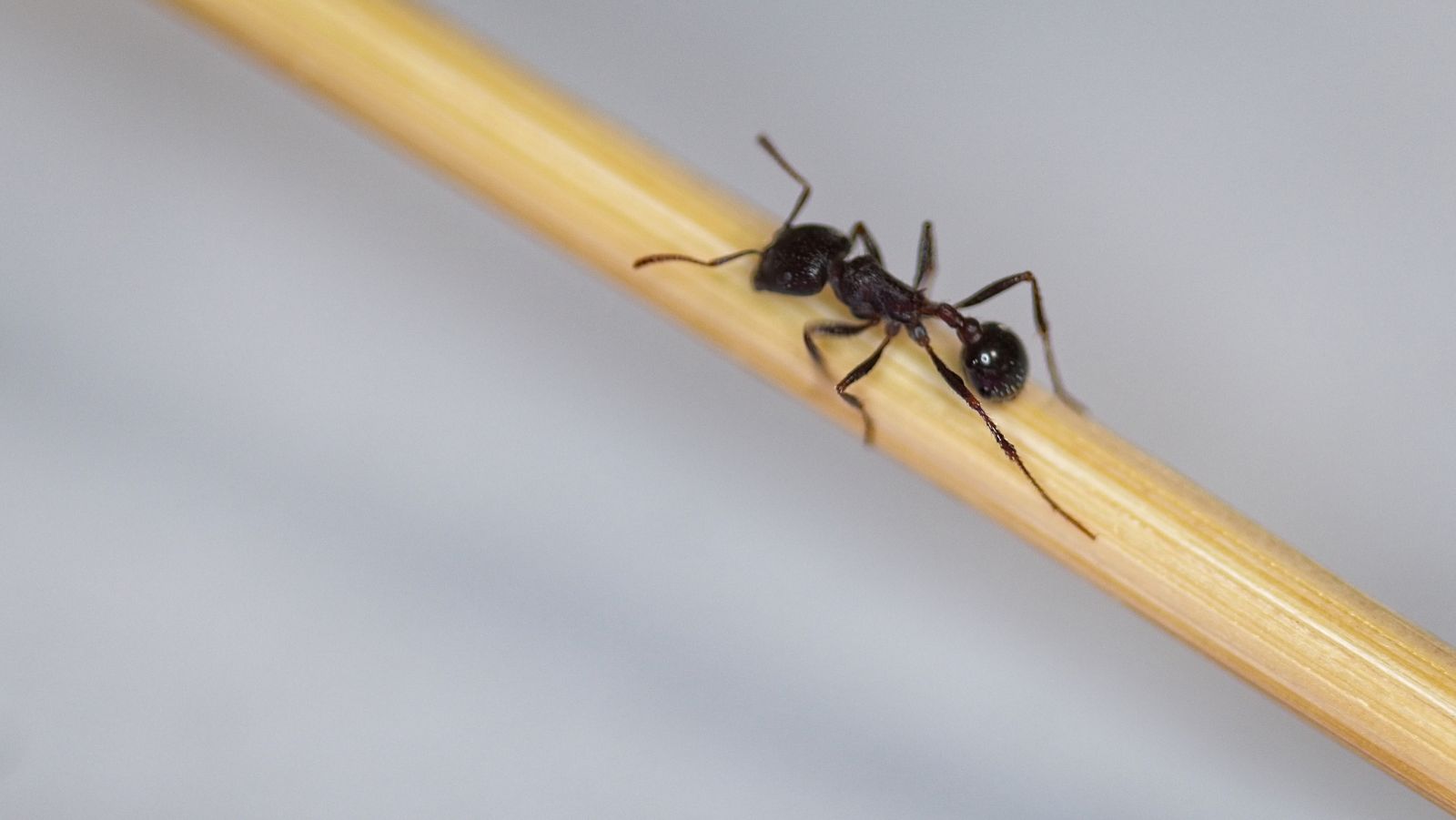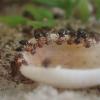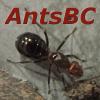Found in: Tucson, AZ
on 11/10/18
Part of a large colony in hole in the earth (dried dirt/sand) between a busy street & wash
Appear black in sunlight but brown in pics
Non-aggressive - not like Novomessor or Pogonomyrmex - but not mellow like Myrmecocystus
Has two little spikes coming off back area (midsection)
Likes drinking prickly pear cactus nectar
Colony hole has a lot of plant matter, mulched-up, outside colony
Size is 2/8 to 3/8 of an inch
From Alex Wild photos, the closest match looks like Myrmica but I am not confident
